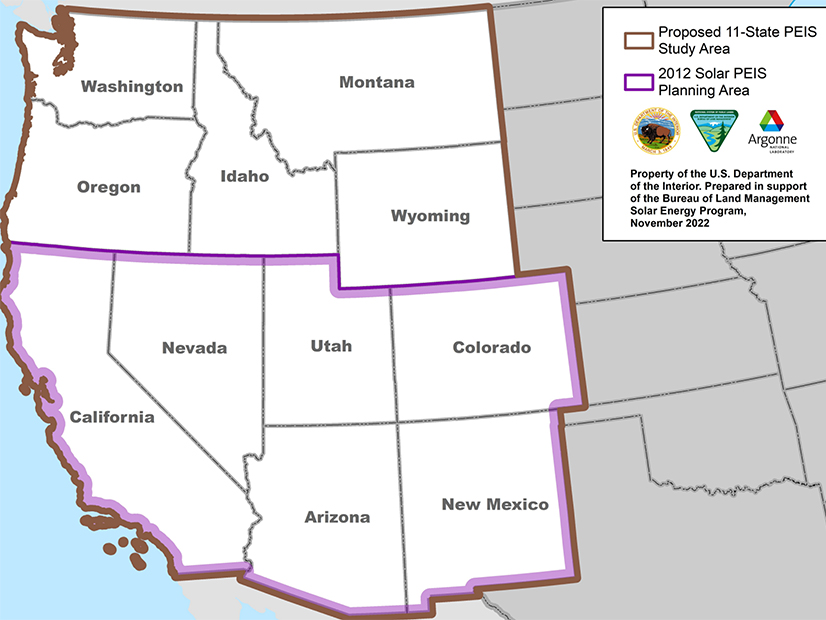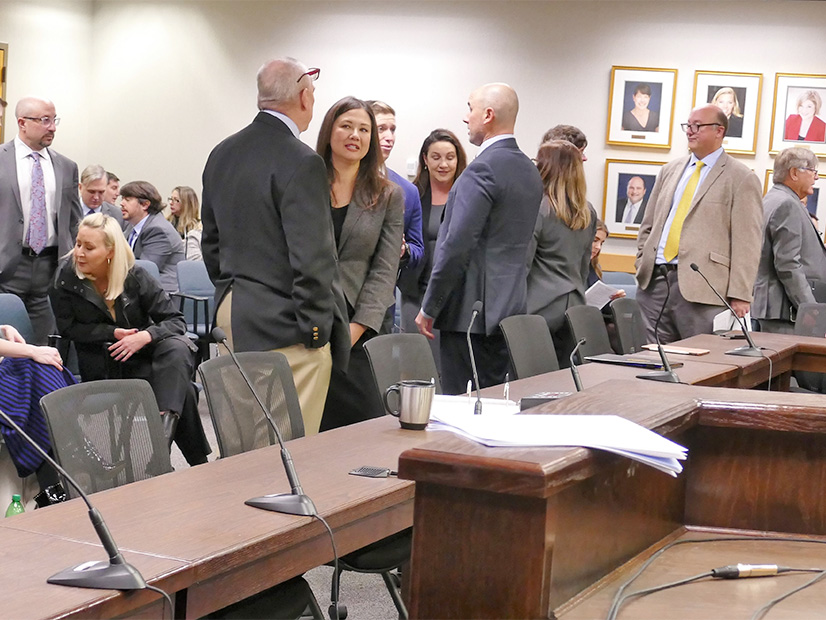The Bureau of Ocean Energy Management (BOEM) is in major rule-update mode, with two announcements in recent days aimed at streamlining the planning and permitting processes for offshore wind projects and more clearly splitting its duties with the Bureau of Safety and Environmental Enforcement (BSEE).
In a Notice of Proposed Rulemaking released Thursday, the agency set out eight areas for rule updates, such as eliminating unnecessary requirements for the specialized buoys used for site assessments and integrating independent, third-party verification of project plans at earlier stages in the approval process.
The proposed changes “would modernize regulations, streamline overly complex and burdensome processes, clarify ambiguous provisions and enhance compliance provisions in order to decrease costs and uncertainty associated with the deployment of offshore wind facilities,” according to the announcement. BOEM estimates that the updates could save developers as much as $1 billion over 20 years.
The second notice, released Tuesday, announced a transfer of responsibilities for workplace safety and environmental compliance from BOEM to BSEE. The Department of the Interior established both agencies in 2011 to “carry out its offshore energy management, safety and environmental oversight missions.”
“Today’s action recognizes that the scopes of the bureaus’ roles and responsibilities have matured over the last decade and supports the department’s commitment to independent regulatory oversight and enforcement in the renewable energy program,” the announcement said.
Going forward, BSEE will oversee all aspects of project safety and environmental compliance, from evaluating and overseeing facility design, fabrication, installation and safety management systems, to assessing decommissioning plans.
BOEM will focus on identifying and leasing areas for offshore wind development, approving plans for site assessments, construction and operations, and conducting environmental reviews required by the National Environmental Policy Act.
In the early days of offshore wind development, BOEM’s responsibilities included safety and environmental oversight, “until such time as … an increase in activity justified the transfer of those functions to BSEE,” according to a notice on the reorganization. The tipping point came in 2020, but the final hand-off of safety and environmental compliance to BSEE has only recently been completed, the notice said.
The regulatory and administrative updates are aimed at accelerating offshore wind development to reach President Biden’s goal of installing 30 GW of offshore projects by 2030. BOEM held three auctions in 2022 — in the New York Bight, off the Carolina Coast and on the Pacific Coast — for leases that could provide up to 11.5 GW of power.
Towers vs. Buoys
The BOEM’s NOPR will be published in the Federal Register in the coming days, starting a 60-day comment period.
The 364-page document spells out the proposed changes in several areas, including:
- eliminating unnecessary requirements for the deployment of meteorological buoys;
- increasing survey flexibility;
- improving the project design and installation verification process;
- establishing a public renewable energy leasing schedule;
- modifying BOEM’s renewable energy auction regulations;
- tailoring financial assurance requirements and instruments; and
- clarifying safety management system regulations.
The changes are needed to update regulations that were formulated in 2009, when the offshore wind industry “was in its infancy” and BOEM had yet to be established, the NOPR says.
Under the original regulations, site assessments were done with fixed-bottom meteorological towers “pile driven into the seabed.” Today these assessments are done with “met buoys” that are less costly and have fewer environmental impacts. The buoys are “between 6 and 12 meters in length, attached to the seabed with a chain and mooring anchors,” which cause less disturbance to the seabed.
But permitting for a met buoy may require approvals from BOEM, the U.S. Army Corps of Engineers (USACE) and the Environmental Protection Agency because some buoys use backup diesel generators with emissions that are regulated under the Clean Air Act. The BOEM and USACE approval processes are similar, and BOEM is proposing eliminating its approval for met buoys, so long as they are not fixed bottom towers.
The proposed changes would cut site assessment permitting times, a pain point for project development, industry stakeholders have said.
Liz Burdock, CEO of the Business Network for Offshore Wind, said that the two announcements will establish “a reliable regulatory framework that the industry can plan around at a critical juncture for U.S. offshore wind.”
Pending a closer review of proposed updates, Josh Kaplowitz, vice president of offshore wind for the American Clean Power Association, pronounced them a “step in the right direction.”
BOEM’s regulations should be aligned “with a complex offshore wind development process [to] eliminate certain duplicative and overly burdensome requirements and ensure the long-term durability of its offshore renewable energy program,” Kaplowitz said. “Updating and enhancing BOEM’s rule-making process is critical to ensure the offshore wind industry maintains momentum in the permitting and deployment of clean energy.”


